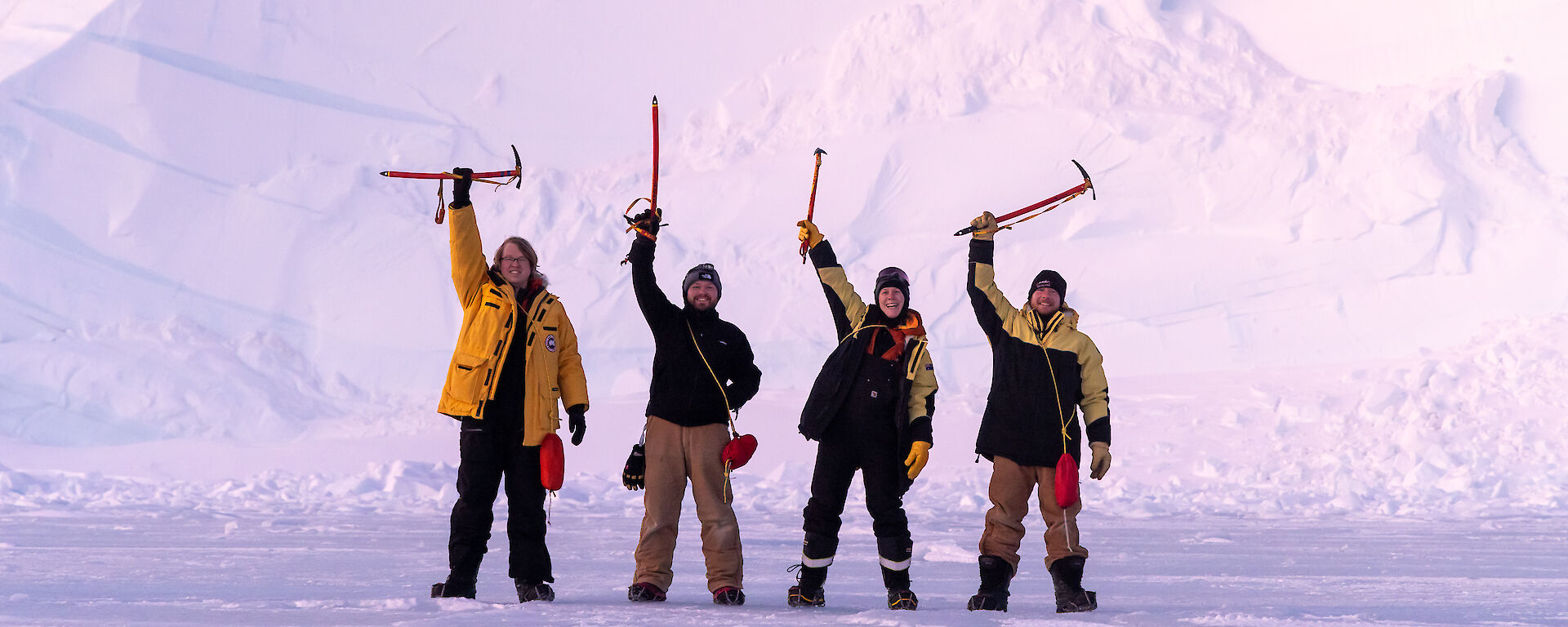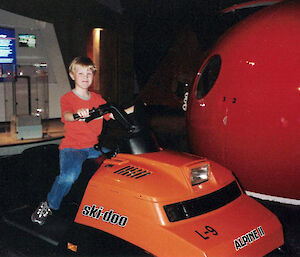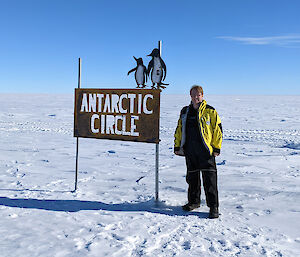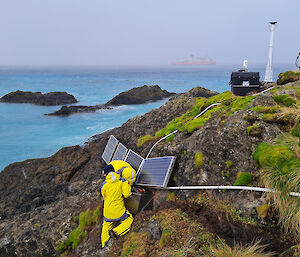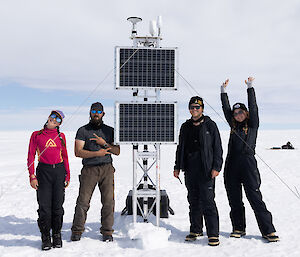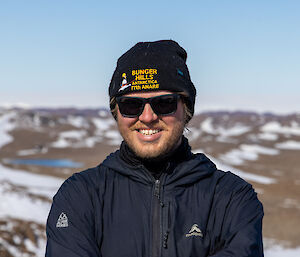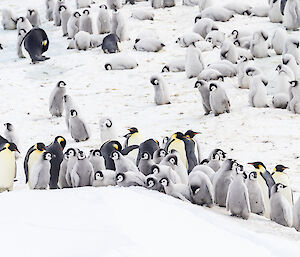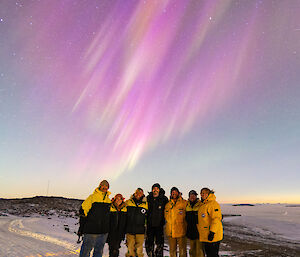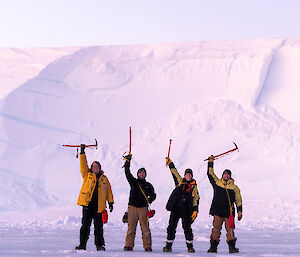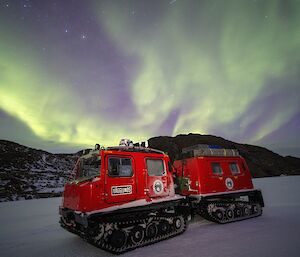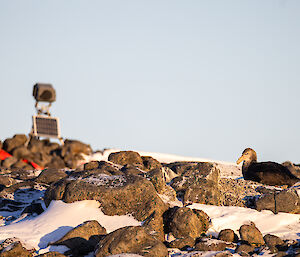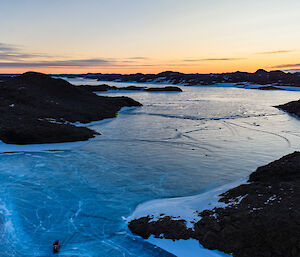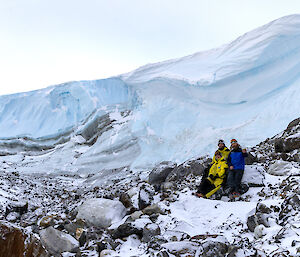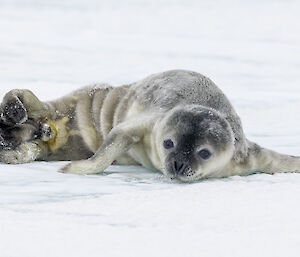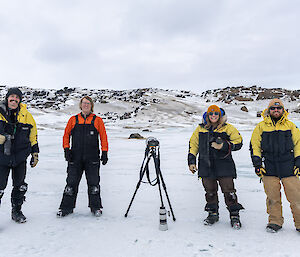An Antarctic journey
Antarctica captured a part of me from an early age.
A few formative moments come to mind - watching nature documentaries, visiting the local Antarctic education exhibits around Hobart and staring out from the south coast of Tasmania contemplating the vast Southern Ocean with nothing else between me and the ice.
But for a long time I never really thought that Antarctica was somewhere I would end up. It must be something you dedicated your life to; those exceptional adventurers, documentarians and scientists that feature in our cultural understanding of Antarctic expeditions. Even when the realisation came that - of course - regular people (notwithstanding their still remarkable skills and resilience) worked there, it still seemed distant. Surely I didn’t have what they were looking for?
(No, as much as it might seem, this isn’t a recruitment piece conveniently timed for the opening of next season's job applications.)
What I did know when I was young was that I was going to be a scientist. Mathematics, physics, computers - just understanding it all! I took to it like a horse to water. As it turns out, child James wasn’t quite correct, but I’ll give myself partial marks for pursuing engineering! It was absolutely the right career for me and I enjoyed the early period designing and manufacturing complex electronics. I was satisfied, but there was always a vague idea of something else out there.
That changed when I spotted an opportunity with the Institute for Marine and Antarctic Studies as a ‘Field Technician/Electronics Engineer’, expected not only to design new electronics and hardware to support autonomous glaciology instruments on remote ice shelves, but also to be part of the team deploying it.
At that point I was confident in my engineering skills and knew I would excel, but the idea of going south was both exhilarating and nerve-racking, as I had no fieldwork experience at all. Despite that, I was successful in getting the job. My new team were careful to temper expectations - Antarctic field science is a fickle thing, with many scientists having to beg for funding, logistical support and a favourable weather window to get down south. I was told I might go in a few years or possibly not at all.
I was absolutely thrilled (and eternally grateful to the people who made it possible) to get that opportunity nary seven months after starting. I would be assisting a senior geophysicist with seismology field work out of Casey, get some experience under my belt, and as a bonus, get to deploy some of the prototype hardware I’d been working on.
Suffice to say, the first season did not go to the original plan when I found myself departing for Antarctica without my team leader, and all alone trying to salvage the project. I was fortunate to have such a caring and supportive community waiting at Casey who provided all the help I could ask for, and even achieved the majority of our project goals.
As rewarding as the work was, the environment and community was what captured me. It was only a few weeks in that I knew one day I would return for a winter, and I started writing applications for the AAD positions. Some frank discussions with previous and soon-to-be winterers followed, about what to expect, both good and bad. The next several years were a whirlwind of applications and medical assessments.
Ultimately, I wanted to see out my original plan with IMAS and was fortunate to have another two seasons south with them; first to Macquarie Island to install a new tide gauge and then a two-month field camp in the Bunger Hills, flying out to the ice shelves to install glaciology instruments. All the while building the skills of an expeditioner. But in early 2024, as my contract came to an end, I received the offer I had been dreaming of.
In October 2024 I left Hobart aboard the RSV Nuyina for my first Antarctic winter as the Electronics Engineer for Davis station, where I would be maintaining the suite of atmospheric instruments and conducting field science projects for the next 15 months.
Bizarrely, I find it difficult to construct a coherent passage about the time I have spent here, despite this notionally being “Davis News”. I would genuinely have to write paragraphs of effusive superlatives to explain all the experiences I’ve had. If I restrain myself purely to the last week, then witnessing a Weddell seal pup being born in front of us was pretty special, and retrieving all the sea ice instrumentation I’d installed earlier in the year was a satisfying (and exhausting) milestone. Otherwise a smattering of photos from throughout the year might have to do.
I write this on my 32nd birthday, one year and nine days since I left Hobart. In just a few more weeks I will farewell 23 of my 78th ANARE friends and colleagues as they voyage home, while I stay for just a little while longer to welcome the 79th and round out the last few months of science projects.
It has been exhilarating and exhausting. I am equally excited to see what another Antarctic summer brings and to get back to my family, friends, the comforts of home and freedom of regular civilisation. But in much the same way that I knew I would be a 'scientist' (no, but seriously, engineers are different), and then that I knew I would spend a winter in Antarctica, I also know that, somehow, Antarctica will continue to be part of my life.
James Newlands
Electronics Engineer
Davis station, Antarctica

